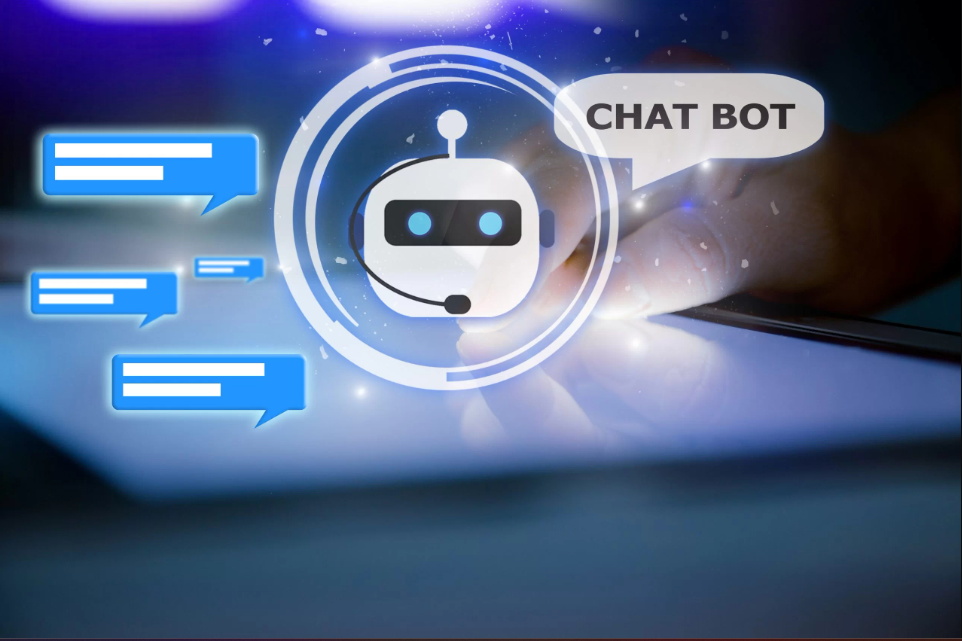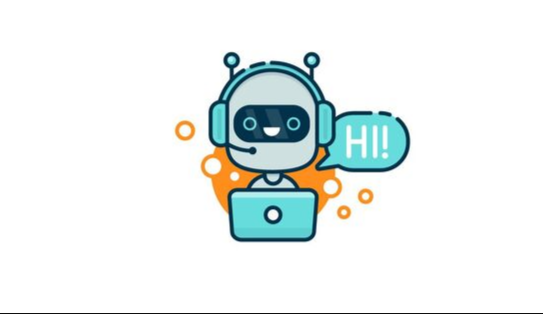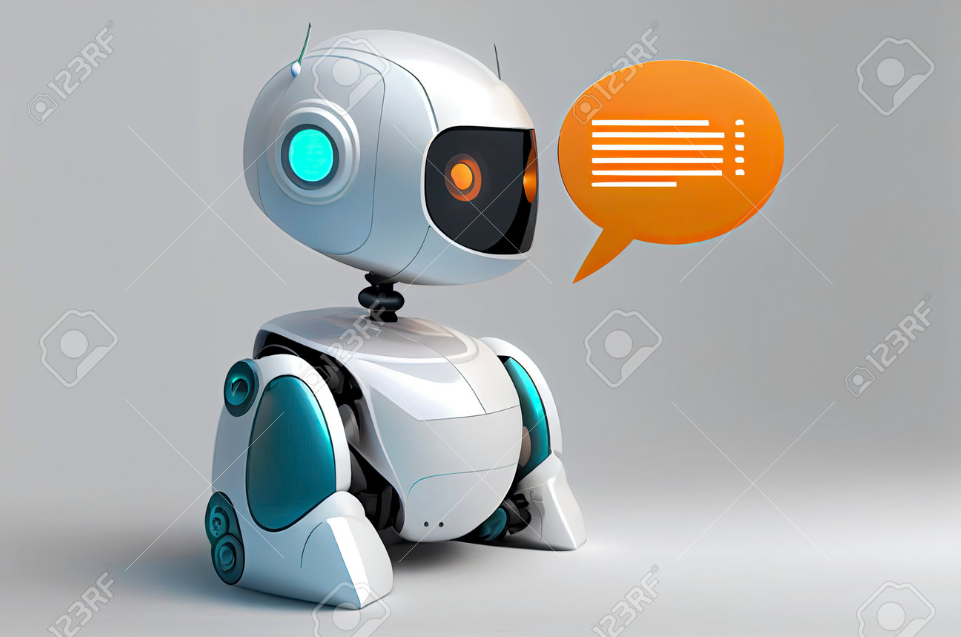In recent years, the world of AI chatbot has witnessed remarkable advancements, and one area where AI has made significant strides is in the realm of creativity. A new study has found that AI are now surpassing the average human in terms of creativity, marking a significant milestone in the field of AI research and development.
AI Chatbots
Traditionally, creativity has been considered a uniquely human trait, involving the generation of novel ideas, artistic expression, and innovative problem-solving. However, with the advent of increasingly sophisticated AI technologies, the boundaries of creativity are being redefined.

The study, conducted by a team of researchers from leading AI research institutions, aimed to explore the creative capabilities of AI chatbots. These AI were designed using state-of-the-art deep learning algorithms and neural networks, enabling them to engage in open-ended conversations and generate creative content.
One of the key findings of the study was that AI demonstrated a remarkable ability to generate creative and imaginative responses across various domains. When presented with creative prompts, such as writing a poem or composing a piece of music, the AI chatbots produced outputs that were not only coherent but often displayed a level of originality that rivaled human creations.
The researchers attributed this newfound creativity in AI chatbots to their ability to analyze vast datasets of human-generated content, including literature, art, and music. By drawing from this extensive knowledge, AI chatbots can synthesize and combine ideas in novel ways, transcending the limitations of conventional rule-based programming.Mika Koivisto and Simone Grassini compared 256 human participants’ responses with those of three AI chatbots’ (ChatGPT3, ChatGPT4, and Copy.Ai) to AUTs for four objects — a rope, a box, a pencil, and a candle. The authors assessed the originality of the responses by rating them on semantic distance (how closely related the response was to the object’s original use) and creativity.

Furthermore, the study revealed that AI chatbots excelled in tasks requiring cross-disciplinary thinking. For instance, they were capable of blending concepts from different domains to create innovative solutions to complex problems. This interdisciplinary creativity could have far-reaching implications for industries ranging from technology and healthcare to art and entertainment.
The implications of this study are significant and wide-ranging. As AI chatbots continue to evolve and become more creative, they can play a vital role in various fields:
- Content Generation: AI chatbots can be employed to generate creative content for marketing, advertising, and entertainment industries, saving both time and resources.
- Innovation: In the corporate world, AI chatbots can contribute to innovation by providing fresh perspectives and ideas for product development and problem-solving.
- Education: AI chatbots with creative capabilities can serve as virtual tutors, helping students think critically and creatively across different subjects.
- Artistic Endeavors: Artists and musicians can collaborate with AI chatbots to create unique and experimental works that push the boundaries of traditional art forms.
However, it’s important to note that while AI chatbots are demonstrating remarkable creativity, they are not replacing human creativity. Instead, they are acting as tools to augment and enhance human creativity, offering new possibilities and avenues for exploration.

In conclusion, the recent study showcasing AI chatbots surpassing the average human in creativity is a testament to the rapid progress of artificial intelligence. As AI continues to evolve, it will undoubtedly play a more prominent role in various aspects of our lives, offering fresh perspectives, innovative solutions, and novel creations that complement and enrich the human experience. While the full potential of AI creativity is yet to be realized, one thing is clear: we are entering an era where humans and AI can collaborate to achieve unprecedented levels of creativity and innovation.
ALSO READ:“Eris”: A New COVID Variant On The Rise In 2023




































